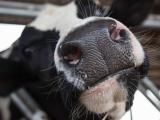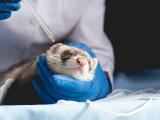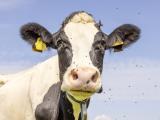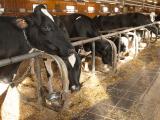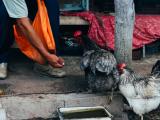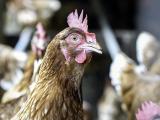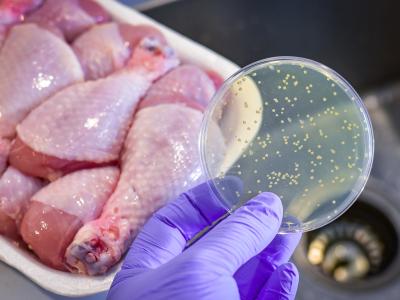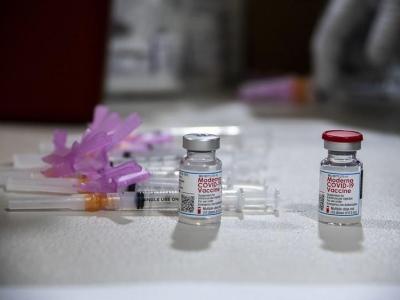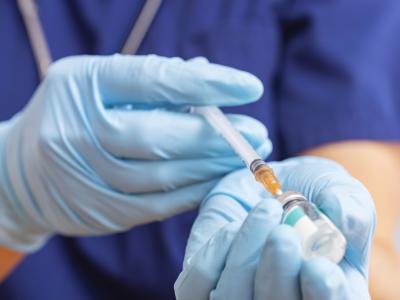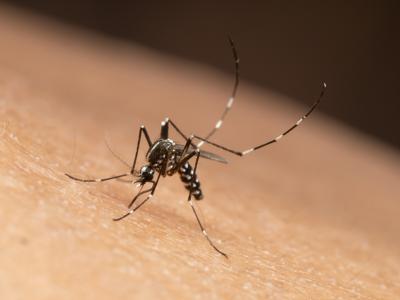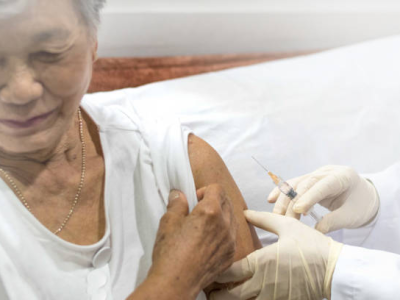Iowa reported four more avian flu outbreaks today, two on turkey farms and two in backyard poultry flocks, but no new outbreaks were reported in hard-hit Minnesota or other neighboring states.
Meanwhile, a new study from the University of Minnesota estimated that the H5N2 avian flu virus has already done about $310 million worth of damage to the state's economy, while an Iowa company said it is nearly ready to start testing an H5N2 vaccine for poultry.
Two Iowa counties affected
The Iowa Department of Agriculture and Land Stewardship (IDALS) said the four new outbreaks involve an H5 virus, with confirmation of H5N2 awaited. Confirmatory testing is done by the US Department of Agriculture's (USDA's) National Veterinary Services Laboratory in Ames, Iowa.
The two affected turkey farms are in northwestern Iowa's Sac County, which now has five avian flu outbreaks, the IDALS said. Flock size estimates for the two farms were not yet available. Most of the farms hit by H5N2 in Iowa have been layer chicken operation, but a few turkey farms have been affected as well.
The two backyard flocks affected are in Sioux County, raising its avian outbreak count to 14, the agency said. The virus was detected in a flock of 50 ducks as a result of monitoring prompted by another outbreak. The other backyard flock consisted of about 12 chickens, which were tested after they showed signs of illness, the agency said.
The four events raised Iowa's total outbreak count to 56, the IDALS said.
Big economic toll in Minnesota
The economic impact study from University of Minnesota Extension estimated the losses in poultry production and related businesses at $309.9 million, on the basis of outbreaks reported by May 11, according to a university press release. The losses are for all Minnesota areas outside the Twin Cities.
"Using economic modeling, analysts determined that for every million dollars in direct losses, the estimated ripple effect leads to $1.8 million in overall economic losses, including $450,000 in wages," the release states. "Ripple effect losses stem from factors including reduced wage-earner and business-to-business spending."
The study put losses in poultry production, including turkeys and egg-laying chickens, at $113 million as of May 11. A few more Minnesota outbreaks have been reported since then.
Poultry production and processing is a $3 billion industry in Minnesota, with poultry growers representing about 7% of the agricultural and forestry economy, the statement said.
Related business sectors that will suffer most from the H5N2 outbreaks are poultry feed production and trucking, according to the study. For every $1 million of lost poultry production, demand for poultry drops by an estimated $230,000, and 9 of every 100 jobs lost because of reduced poultry processing are trucking jobs.
The researchers said insurance and government compensation will make up some of the losses to poultry producers, but the damage to other industries will not be offset.
In a related development, the estimated poultry losses in Minnesota took a big jump with the news that an H5N2-affected layer farm in Renville County has 2 million chickens. The flock size was not known when the outbreak was reported on May 14. The number increased the estimated total losses for the state to 7.76 million birds, according to the Minnesota Board of Animal Health (MBAH).
A May 16 Minneapolis Star Tribune story said one barn housing 200,000 chickens was hit by the virus, but all the farm's chickens will be destroyed as a precaution, as is standard practice.
H5N2 vaccine to be tested
Meanwhile, an Iowa biotechnology firm may start testing an H5N2 poultry vaccine as soon as this week, the Des Moines Register reported on May 16.
Harrisvaccines, based in Ames, plans to test the vaccine first on turkeys at the USDA's National Veterinary Services Laboratory in Ames, the story said. Further plans call for testing the vaccine on chickens and ducks at the USDA's Southeast Poultry Research Laboratory in Georgia.
Joel Harris, the company's head of sales and marketing, said the trials could take 4 to 8 weeks. "We have it ready, we started mass production this week, so as soon as we get the green light we could have hundreds of thousands or millions of doses available to producers right away," he told the newspaper.
The use of poultry vaccines for avian flu raises difficult questions, however, because while vaccinated birds may be protected from illness, often they can still be infected and, while not sick, spread the virus to other birds.
See also:
May 18 IDALS press release
May 18 University of Minnesota press release
May 16 Star Tribune story
May 16 Des Moines Register story


